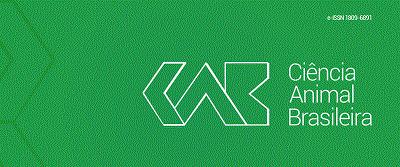Abstract
The objective of this study was to measure the zootechnical performance and egg quality of Japanese quails housed at different densities and fed diets containing yeast cell walls (YCWs). Five hundred and seventy-six quail (Coturnix coturnix japonica) were distributed at 43 weeks of age, and 76% were laid, with an initial weight of 158.50 ± 5.41 g, in a completely randomized design in a 3 × 2 factorial arrangement (three YCW levels: 0, 500, and 750 g.ton−1 and two housing densities: 81.5 and 92.4 cm2/quail), with six replicates of 17 and 15 quail per experimental unit, respectively. The following parameters were evaluated: feed intake, egg production/bird/day, egg production/housed quail, marketable egg production, egg mass, feed conversion per dozen eggs, egg mass and viability, egg weight, specific egg weight, percentage of yolk, albumen and shell, and shell thickness. The means of the three cycles of 21 days were subjected to analysis of variance using the statistical software Sisvar. There was no significant interaction effect between YCW inclusion level and cage density on zootechnical performance parameters or egg quality, except for egg weight, which suggested that YCW addition, regardless of cage density, did not affect the results. It was observed that the eggs of quails housed in cages with 92.4 cm2/bird feed and 500 g.ton1 YCW had greater egg weights. Shell thickness was independently influenced by cage density, and the lowest density (92.4 cm2/bird) promoted greater shell thickness. The inclusion of 500 g.ton1 of yeast cell wall material in the diet of Japanese quails housed at a density of 92.4 cm2/bird improved egg weight and shell thickness without negatively affecting the other parameters of egg quality or zootechnical performance.
Keywords:
Quail farming; Shell thickness; Prebiotics; Egg production
